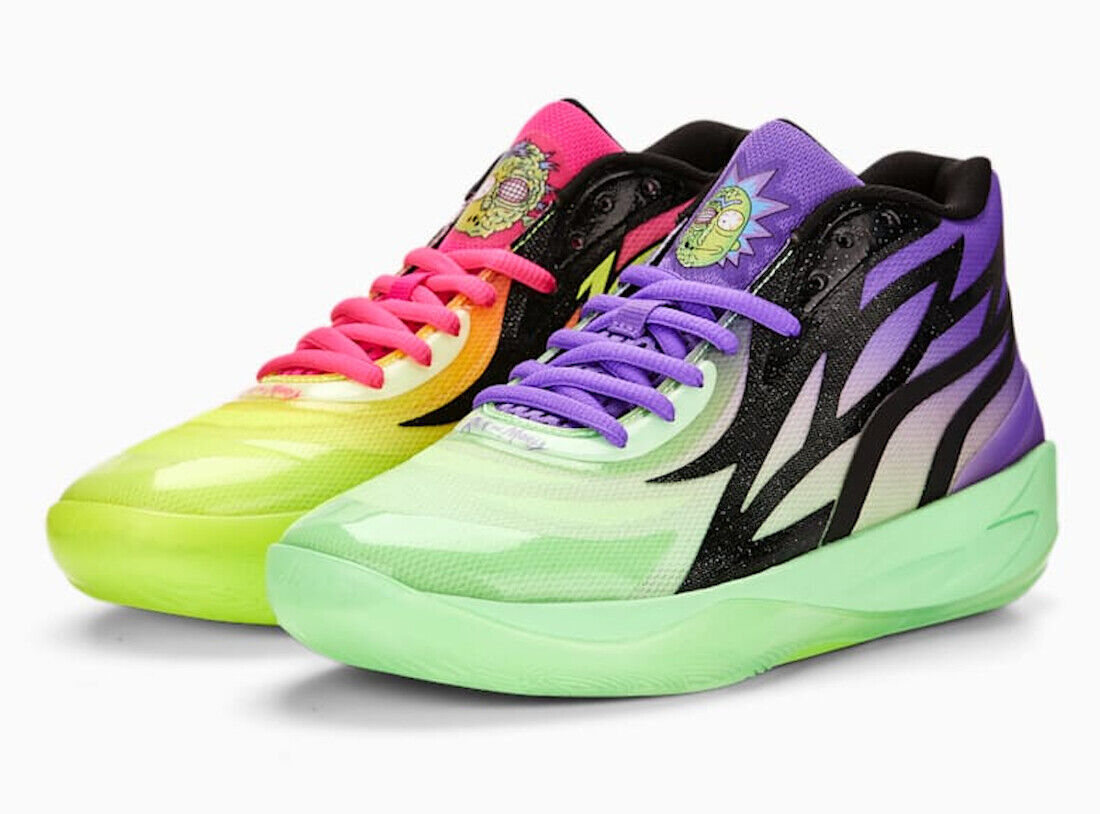
In today’s age, customization and personalization have become increasingly common. Consumers now seek one-of-a-kind products that reflect their personalities, whether it’s in clothing or home decor. This is where the emergence of print on demand (POD) services has truly revolutionized the concept of merchandise. Through their technology and streamlined processes, POD is shaping the future of products.
Understanding Print on Demand
Print on demand operates as a business model that enables individuals and companies to create and sell custom-made products without the need for large-scale production or extensive inventory. Instead, items are manufactured when customers order them. This approach offers a selection of designs, colors, and sizes and allows printing onto various custom print products like t-shirts, hoodies, mugs, phone cases, and more.
Simplified Customization
Before the advent of POD services, creating custom merchandise was a costly endeavor. Businesses had to invest in mass production efforts while managing inventory logistics. For individuals seeking customization options, choices were often limited to iron-on transfers and restricted design selections. However, with POD services entering the scene, customization has become easily accessible to everyone.
With print on demand (POD), customers have the convenience of personalizing their products through user design tools. These tools enable them to upload their designs, add text, select colors, and preview the product before making a purchase. This level of flexibility and control empowers consumers to create items that align with their preferences.
An important advantage of POD is its contribution to waste reduction and environmental impact. Unlike manufacturing methods that often result in excess inventory going unsold and adding to landfill waste, POD only prints products when they are ordered, eliminating the need for production.
Furthermore, POD utilizes printing technology, which consumes energy and water compared to conventional printing methods. This helps reduce the carbon footprint and makes POD a sustainable option for both businesses and consumers. By opting for POD services, customers can enjoy personalized products while minimizing their impact on the environment.
POD has revolutionized the supply chain model by eliminating intermediaries. In the past, businesses had to collaborate with manufacturers, distributors, and retailers to bring custom products to market. This often resulted in waiting periods, escalated expenses, and limited authority over the outcome.
With print on demand (POD), the supply chain becomes more efficient and uncomplicated. Businesses simply need to collaborate with a POD service provider who handles the printing, packaging, and shipping aspects. This facilitates turnaround times, reduced costs, and enhanced inventory control. Moreover, POD services seamlessly integrate with e-commerce platforms, enabling businesses to establish their online stores and commence selling personalized products.
Expanding Creative Expression
POD has unveiled opportunities for artists, designers, and individuals with inclinations. In the past, gaining recognition for their work and earning money necessitated working alongside galleries or engaging in licensing agreements. With POD, artists can exhibit their talent by crafting designs that can be printed on product options.
This not only enables artists to reach an audience but also generates a fresh source of revenue. By selling their designs on customized merchandise, artists can transform their passion into an enterprise. This democratization of creativity has sparked an influx of designs and artwork that imbues products with a sense of personalization.
The Promising Outlook for Custom Merchandise
As technology continues its advancement journey, the future of custom merchandise appears bright. Incorporating technologies, like 3D printing, into the print on demand (POD) industry opens up possibilities for customization. Soon, customers might have the ability to design and personalize three objects, expanding the range of products available to them.
Moreover, advancements in intelligence and augmented reality could transform how customers engage with customization tools. Just imagine being able to visualize a preview of your customized item before making a purchase or using AI to generate designs based on your individual preferences and interests.
Conclusion
Print on demand has ushered in an era of merchandise, allowing businesses and individuals to effortlessly create and sell one-of-a-kind products that match their exact specifications. By breaking down barriers in manufacturing and distribution, POD offers sustainability benefits, streamlines the supply chain, and presents creative opportunities. As technology continues to progress, we can anticipate innovative solutions that provide consumers worldwide with greater options for personalization.








